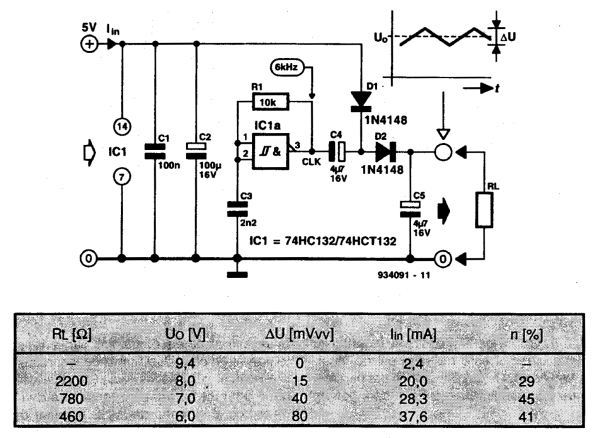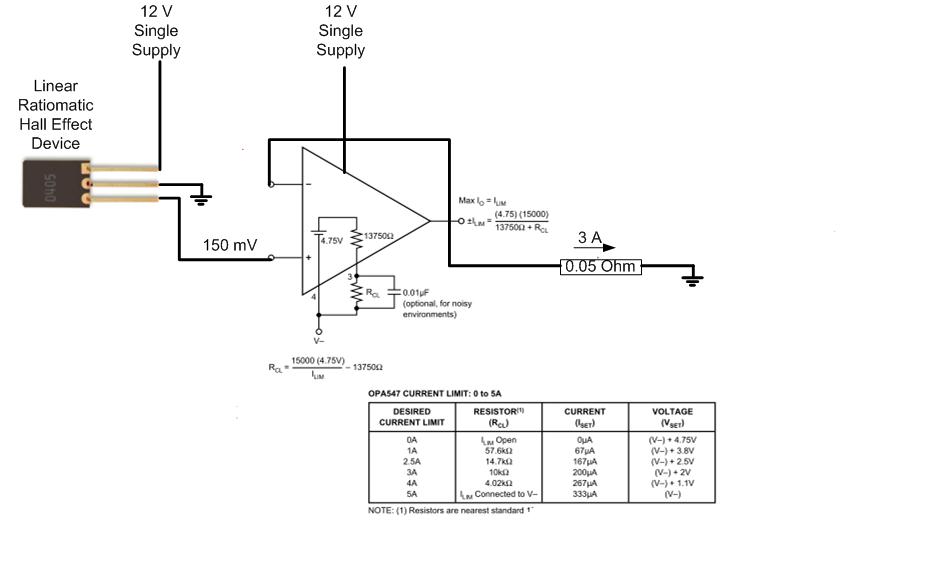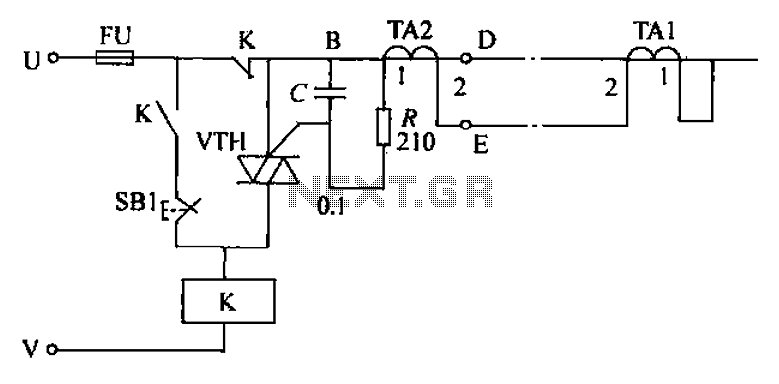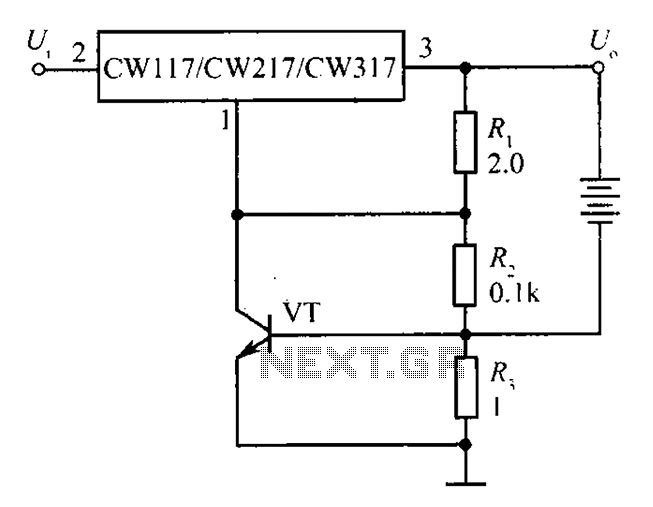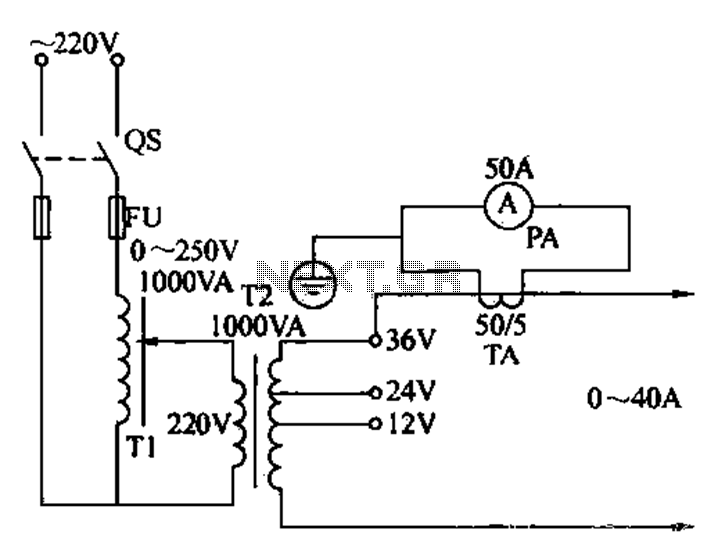
Cheap AC Current Measurement

The simplest method for measuring high AC currents is to use a clamp meter; however, these devices are typically quite costly, often starting at several hundred dollars. Add-on clamp meter adapters can be effective, but they are compatible only with digital multimeters (DMMs) that have millivolt AC resolution. This limitation arises because the output of most clamp adapters is relatively low, for instance, 0.1A corresponds to 1mV. This output is unsuitable for standard inexpensive DMMs, which generally have a minimum AC voltage range of 200V. A circuit can be integrated into a low-cost clamp meter, such as the Digitech QM-1565 from Jaycar Electronics. To modify this clamp adapter, remove the label displaying the AC range conversion factors and unscrew two screws to access the internal components. The two cross-connected transistors function as low voltage drop diodes, generating a DC voltage proportional to the current in the primary of the clamp adapter (i.e., the circuit under test). Recommended transistors include power germanium types such as ADZ16, AD162, AD149, ADY16, 2SD471, OC16, and OC28. This configuration provides minimal voltage drop and good linearity for current measurements ranging from 10A to 300A. Schottky power diodes may also be utilized, although they will not yield as linear a response. For calibration, wind 10 turns of wire through the clamp adapter's jaws and pass a current of 20A through the winding, which is equivalent to a single turn carrying 200A. Adjust the trimpot to match the multimeter's settings, typically set to the 2V DC range. Calibration should not be performed for low currents, as this will adversely affect accuracy at higher currents.
The described circuit modification allows for an economical approach to measuring high AC currents using a standard DMM by leveraging a clamp meter's capabilities. The integration of low voltage drop diodes ensures minimal signal loss, which is critical for maintaining measurement accuracy across the specified current range. The choice of power germanium transistors is significant; these components are favored for their low forward voltage drop characteristics, which enhances the circuit's overall performance. The calibration process is essential, as it aligns the output voltage with the multimeter's readings, ensuring that the user can accurately interpret the current measurements. The use of a specific number of turns in the calibration phase is a crucial detail, as it directly influences the scaling of the output voltage to the actual current flowing through the circuit. This method not only provides a cost-effective solution but also enhances the versatility of existing DMMs, allowing them to measure higher currents without the need for expensive equipment.The easy way to measure high AC currents is to use a clamp meter but these are generally quite expensive and cost several hundred dollars at a minimum. Add-on clampmeter adaptors can work well but they only work with digital multimeters which have millivolt AC resolution.
This is because the output of most clamp adaptors is quite low, 0. 1A = 1mV, for example. This is no good for typical cheap DMMs which have a lowest AC voltage range of 200V. This circuit can be built into a low cost clamp meter such as the Digitech QM-1565 from Jaycar Electronics. When dismantling this clamp adaptor, remove the label which has the AC range conversion factors and then undo the two screws gain access to the inside.
The two cross-connected transistors act like low voltage drop diodes to generate a DC voltage which is proportional to the current in the primary of clamp adaptor (ie, the circuit under test). The recommended transistors are power germanium types such as ADZ16, AD162, AD149, ADY16, 2SD471, OC16 and OC28.
This approach gives lowest voltage drop and good linearity, from 10 to 300A. Schottky power diodes can also be used but the result will not be as linear. To calibrate, wind 10 turns through the clamp adaptor`s jaws and feed a current of 20A through the winding. This is equivalent to a single turn carrying 200A. Set the trimpot to suit your multimeter, normally set to the 2V DC range. Do not calibrate for a low current otherwise accuracy at high currents will be poor. 🔗 External reference
The described circuit modification allows for an economical approach to measuring high AC currents using a standard DMM by leveraging a clamp meter's capabilities. The integration of low voltage drop diodes ensures minimal signal loss, which is critical for maintaining measurement accuracy across the specified current range. The choice of power germanium transistors is significant; these components are favored for their low forward voltage drop characteristics, which enhances the circuit's overall performance. The calibration process is essential, as it aligns the output voltage with the multimeter's readings, ensuring that the user can accurately interpret the current measurements. The use of a specific number of turns in the calibration phase is a crucial detail, as it directly influences the scaling of the output voltage to the actual current flowing through the circuit. This method not only provides a cost-effective solution but also enhances the versatility of existing DMMs, allowing them to measure higher currents without the need for expensive equipment.The easy way to measure high AC currents is to use a clamp meter but these are generally quite expensive and cost several hundred dollars at a minimum. Add-on clampmeter adaptors can work well but they only work with digital multimeters which have millivolt AC resolution.
This is because the output of most clamp adaptors is quite low, 0. 1A = 1mV, for example. This is no good for typical cheap DMMs which have a lowest AC voltage range of 200V. This circuit can be built into a low cost clamp meter such as the Digitech QM-1565 from Jaycar Electronics. When dismantling this clamp adaptor, remove the label which has the AC range conversion factors and then undo the two screws gain access to the inside.
The two cross-connected transistors act like low voltage drop diodes to generate a DC voltage which is proportional to the current in the primary of clamp adaptor (ie, the circuit under test). The recommended transistors are power germanium types such as ADZ16, AD162, AD149, ADY16, 2SD471, OC16 and OC28.
This approach gives lowest voltage drop and good linearity, from 10 to 300A. Schottky power diodes can also be used but the result will not be as linear. To calibrate, wind 10 turns through the clamp adaptor`s jaws and feed a current of 20A through the winding. This is equivalent to a single turn carrying 200A. Set the trimpot to suit your multimeter, normally set to the 2V DC range. Do not calibrate for a low current otherwise accuracy at high currents will be poor. 🔗 External reference
